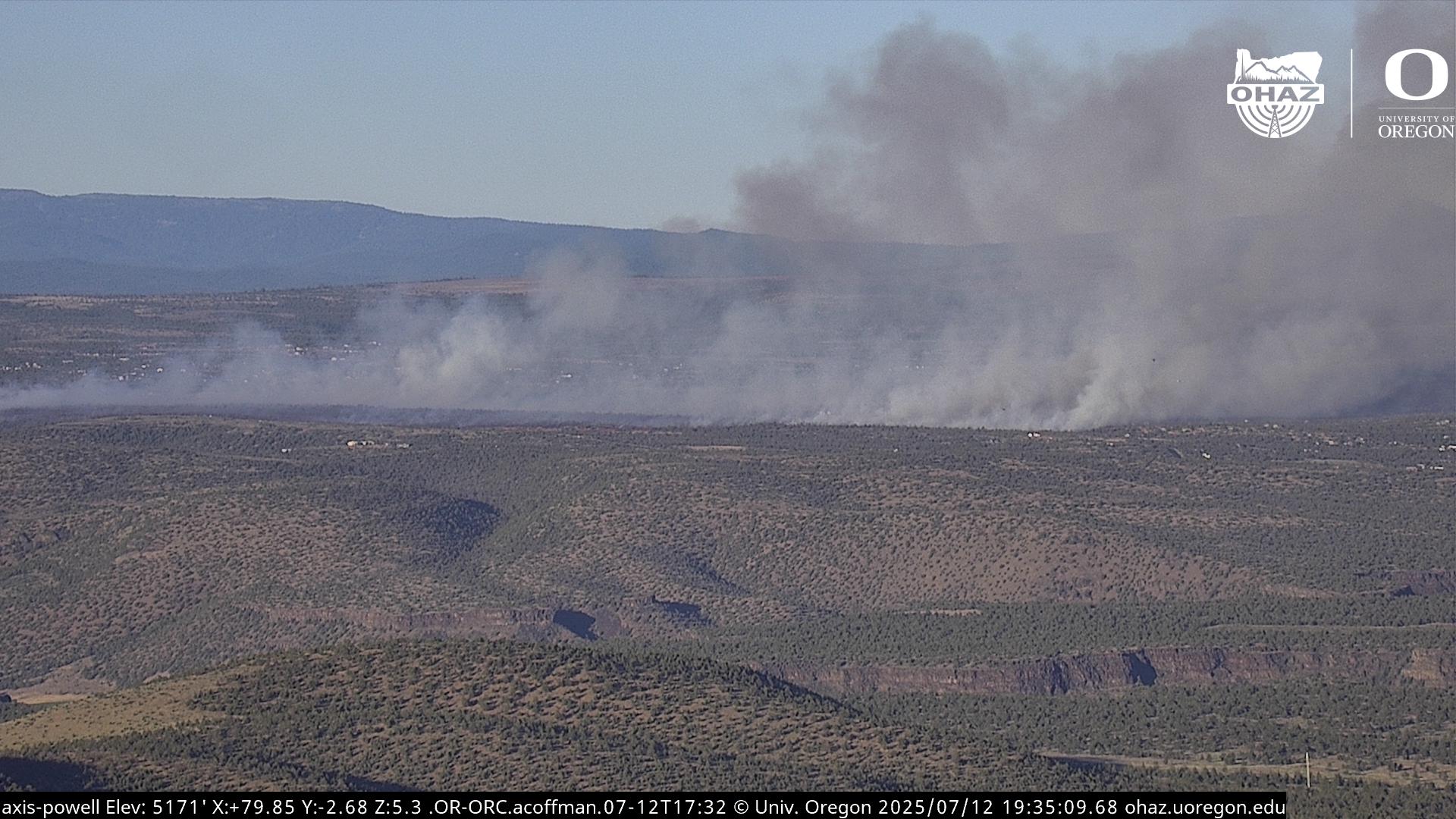Farm stays: The growing importance of agritourism
Published 7:00 am Thursday, April 11, 2024

- Audrey Comerford
ALSEA — When Scottie Jones started on-farm lodging at her property in 2007, the concept was an oddity.
Leaping Lamb Farm & Farm Stay offers urban residents a chance to unwind, help with chores and participate in country life.
Trending
“They’re here to see a baby goat being born. Those are the kinds of experiences you get,” said Jones, who founded the organization and website Farmstay in 2010.
She and her husband, Greg Jones, sell pasture raised meat and seasonal produce, but without lodging, their farm would have failed, Jones said.
“Family farms don’t make enough money to survive in many instances without diversification,” she said.
On-farm lodging has surged in recent years, in part due to the rise of vacation rental platforms such as Airbnb.
In 2012, Farmstay listed 900 operations. Jones estimated there are now 5,000 to 7,500 working farms with rental units across the U.S. Those are joined by Harvest Hosts, which offers RV owners a night’s stay at 5,200 farms, wineries and other spots. That’s up from 600 about five years ago.
Experts said farmers are increasingly diversifying incomes with agritourism — such as farm stands with value-added products, U-pick operations, special events, tours and on-farm lodging — to protect against drops in wholesale prices or damaging weather.
Trending
Agritourism practices also help offset increased costs for labor, fuel, feed, equipment and loans.
“It’s not getting any easier to farm,” said Audrey Comerford, Oregon State University Extension Service agritourism coordinator.
Oregon lost 2,100 farms in five years, according to the USDA’s 2022 Census of Agriculture.
The growing importance of agritourism as a survival strategy, however, raises questions about how farmland should be used and if regulations need updating.
Agritourism study
An OSU Extension study released in February, co-authored by Comerford, pegged agritourism’s impact at nearly $1 billion annually in nine Willamette Valley counties.
Agritourism in that area supported 9,000 full- and part-time farm jobs.
The research didn’t include wineries, where agritourism activities are well established and governed by different state and county rules.
About 22% of nearly 18,700 Willamette Valley farms, most of them smaller than 500 acres, practiced agritourism.
In a survey, nearly half of respondents said they had started agritourism efforts in the past decade. The most popular method was farm stands, which were the primary agritourism service at 29% of businesses, followed by U-pick or U-cut operations at 14%.
Agritourism attracted between 3.7 million and 13.7 million visits per year, with roughly 66% of customers living within 50 miles of the farms. Of those from outside the area, 15% were on overnight visits.
Comerford said the analysis was the first of its kind in the Northwest.
Bruce Sorte, an OSU Extension Service economist and study author, said more research on agritourism is needed to understand its importance.
“What surprised me when I decided to help out with this was how weak the data is,” Sorte said.
The USDA Ag Census, for example, asks questions that are too narrow to be useful. He wasn’t comfortable extrapolating figures to other regions, partly due to the Willamette Valley’s temperate climate.
Percentage of farm profits
The study showed farmers may earn 50% of their gross revenues and profits from agritourism, which could be problematic.
“Technically, the 50-50 split is illegal,” Comerford said.
In general, Oregon agritourism on land zoned exclusive farm use falls under a 25-75 rule, she added.
Sales of incidental items — products not produced by the farm, such as coffee or baseball caps — and fees from promotional activities are generally limited to 25% of profits, though the amount can vary based on the county, as well.
It also can be confusing to determine what an incidental item is.
“Some folks reported they are making 10 times more from agritourism than on farm income,” Comerford said.
Harvest Host campgrounds
Harvest Hosts can be an appealing agritourism model because there’s less red tape and expense. All that’s needed is an RV parking spot.
Foote said Harvest Hosts are campgrounds in Oregon and require a county review to ensure they won’t impact surrounding farms.
Hosts should check regarding other potential pitfalls, such as wetlands and proper driveways, Foote said.
About 40% of Harvest Host locations are farms or wineries, said Ashley Fox, director of marketing and host relations.
“(Members) don’t always get exposure to farming and they love all the experiences the farms have to offer,” Fox said.
The company has about 250,000 members with self-contained RVs who pay to access a map of hosts where they can stay at for free.
After purchasing a Harvest Hosts plan, guests stay for free but they are supposed to support the hosts, buying fruit at orchards or bottles at wineries.
The average host gets an extra $13,000 to $15,000 per year, Fox said.
Harvest Hosts has 150 locations in Oregon, 280 in California, 180 in Washington and 70 in Idaho.
Making the farm viable
Michelle Miller owns La Chouette Vineyard near Jefferson, Ore., and became a Harvest Host in 2020 during the pandemic.
“We became pretty busy pretty quickly,” she said.
Her property, which doesn’t have a tasting room, now gets about 150 stays per year.
“They park right in front of our vineyard. We have a beautiful view and we’re right across from the Ankeny bird refuge,” Miller said.
Harvest Host guests buy $15,000 to $20,000 of wine annually, and many join La Chouette’s wine club, further bolstering earnings.
Miller and her husband, Ben Miller, bought their 80-acre property in 2004 and started planting vines in 2007. The vineyard is part of a larger ag operation, as the couple farm hay and raise angus cattle, sheep, goats and chickens.
Both work off-farm, too.
Miller is an interior designer with a downtown Salem store, The Arbor, while her husband is an anesthesiologist.
“We have our hands in so many things,” Miller said.
Oregon longhorn breeder loses agritourism permit in land use dispute
Editorial: Agritourism decisions should be left to county officials
For some farms, diversification easy as pie
Two NW farms named to top 20 apple picking spots in U.S.
Agritourism adds to farmers’ bottom lines








